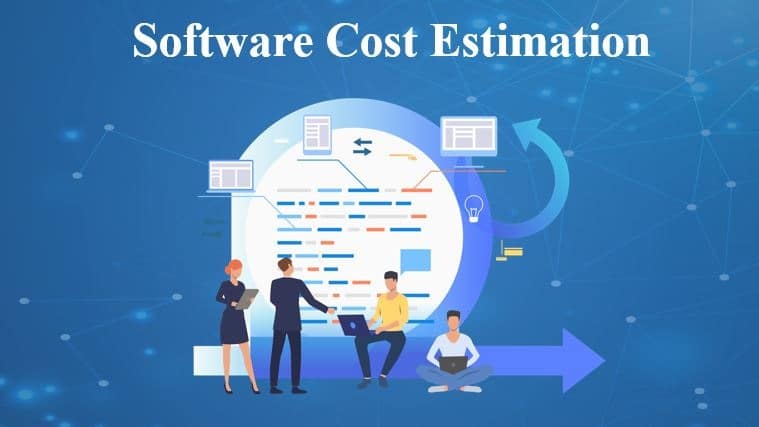When investing in software development, a software cost estimate helps to keep your project on time and budget. Knowing the cost upfront helps you to evaluate the potential for a return on your investment, as well. These days, the software can mean anything from a simple DIY newsfeed style app to the $1.7 billion HealthCare.gov website. Before starting any software project, ask for a software cost estimation first. This holds true whether you’re contracting with a software development agency, outsourced team, or have your own in-house developers. There’s essential information you’ll need to provide to even get started, we walk you through everything you need and what you can expect to receive in your software cost estimation.
Assign a Product Owner
The first thing you’ll need to do is assign a product owner as a liaison between your company and your development team. It’s desirable, but not critical, that they have a solid technical background. Your development team’s manager can educate the product owner on the technical aspects. The product owner will educate your developers about the target audience and business goals. They’ll be responsible for making decisions during your software’s development to ensure it meets your branding and business requirements.
Minimum Information Needed to Get a Software Cost Estimation
If you or your product owner has a strong technical background, they’ll need to prepare a Software Requirements Specification. This delineates what the software must do and how it will be done. The while defining its tech stack – all of the software modules, components, features, programming languages, libraries, API’s and third-party resources it will use.
But, many companies don’t have someone with a background in software engineering, so it’s possible to simplify your minimum requirements. In this case, you need to create a product vision statement (not to be confused with the much more complex product vision document). This simply defines who your software is for and everything that it should do. A software engineer can use this to define the components your software will need.
With this, you need to decide which platforms (or operating systems) your software will launch on – such as a web application that can work with all browsers, Android or iOS mobile devices, for Windows, Mac OS, Linux, or even consoles like Xbox. While there are technical aspects to choosing a platform, it is largely a marketing decision based upon the devices that your customers will use your software on.
Minimum Viable Products and the Roadmap
The last essential piece of information you’ll need to provide to a developer is what you actually need and when you need it. It’s possible that you’ll only need a proof of concept to show prospective investors that your idea can be done. Then, if you do receive funding, you can move into creating an MVP.
It’s generally recommended, especially for companies new to software development, to begin with, a Minimum Viable Product (MVP) – not a full-featured release. An MVP helps to keep costs down while you answer critical questions about your software starting with its product-market fit.
The MVP concept originated with Eric Ries, who describes it as, “a Minimum Viable Product is that version of a new product which allows a team to collect the maximum amount of validated learning about customers with the least effort.” An MVP focuses only on the features and functions needed to satisfy early adopters. Only after you acquire user data and feedback are other features and options moved into development.
Based on the information you provide, a software engineer can define what’s essential for your proof of concept or MVP and how much that effort will cost. Other features can also be estimated for later development to give you an idea of what you’ll need to raise in your next round of funding.

